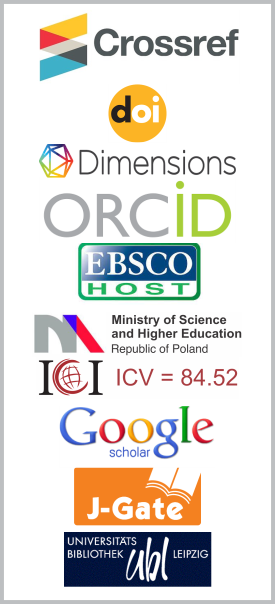A Numerical Study of Heuristics Time Deviation Technique for Job Sequencing to Minimize Total Elapsed Time and Idle Time
DOI:
https://doi.org/10.26713/jims.v17i1.3121Abstract
Job sequencing refers to the process of determining the most suitable order for performing a number of different jobs across a limited number of available resources, services or facilities to make effective use of these available facilities and achieve greater output with minimum time delay. This study introduces an innovative heuristic technique called the Time Deviation Technique. This technique helps in obtaining the optimal job schedule and also minimizes the total elapsed time and idle time. Here we first apply the new method to the n-jobs, 2 machines problem and extend it to the n-jobs, 3 machines problem. And lastly, we applied this method to the n-jobs, m-machines problem after converting into 2 machines n jobs problems by using the condition of Johnson’s method. The proposed technique is very simple and easy to understand. For this we have given examples numerical illustration of job sequencing problem of n jobs 2 machines, n jobs 3 machines and n jobs m machines problem.
Downloads
Downloads
Published
How to Cite
Issue
Section
License
Authors who publish with this journal agree to the following terms:- Authors retain copyright and grant the journal right of first publication with the work simultaneously licensed under a CCAL that allows others to share the work with an acknowledgement of the work's authorship and initial publication in this journal.
- Authors are able to enter into separate, additional contractual arrangements for the non-exclusive distribution of the journal's published version of the work (e.g., post it to an institutional repository or publish it in a book), with an acknowledgement of its initial publication in this journal.
- Authors are permitted and encouraged to post their work online (e.g., in institutional repositories or on their website) prior to and during the submission process, as it can lead to productive exchanges, as well as earlier and greater citation of published work.




